Tell us about ntegrity
Ntegrity is an agency that designs and develops strategies to help not-for-profits fundraise. This often looks like the design of digital campaigns, or the development of products. For example the development of a regular giving product which invites donors to donate monthly to provide a not-for-profit with the ongoing funding they require to operate most effectively.
There are approximately 30-40 staff across Australia, Indonesia, the Philippines, India, Malaysia and Pakistan.
ntegrity has international clients and staff, however it’s office is based in Melbourne. Ntegrity offers a hybrid model for location arrangements. All international and interstate staff work remotely from home or from co-working spaces. While Melbourne-based staff have the option to work from home or to work from the head office space in South Melbourne.
The need for not-for-profit services is increasing, and the funding needs to keep up. For this reason, ntegrity works to deliver highly effective strategies and campaigns that get fundraising results and fit within budget. This often means balancing innovation with best practice and budget.
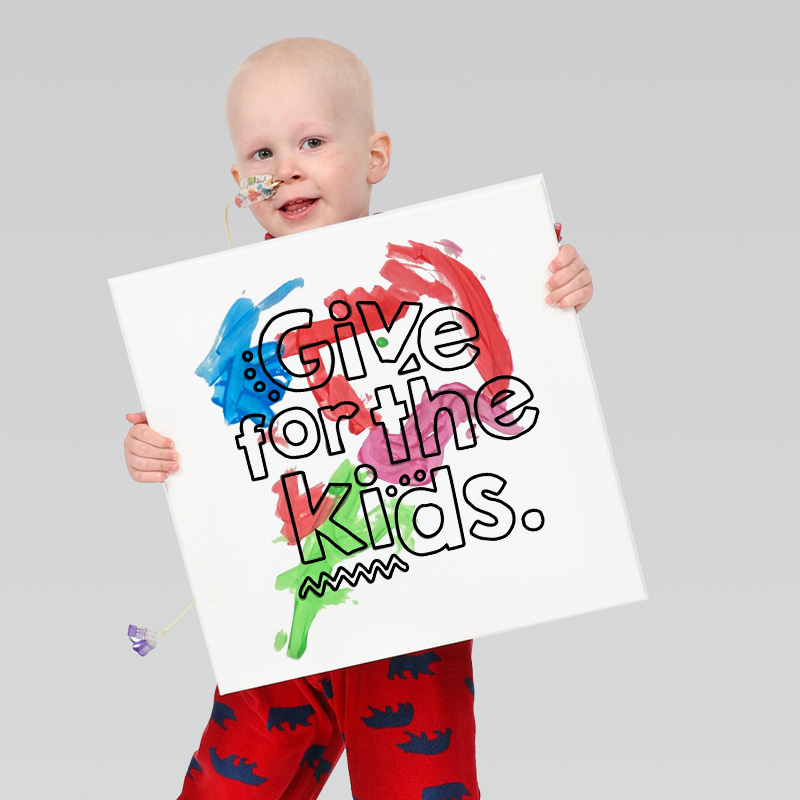
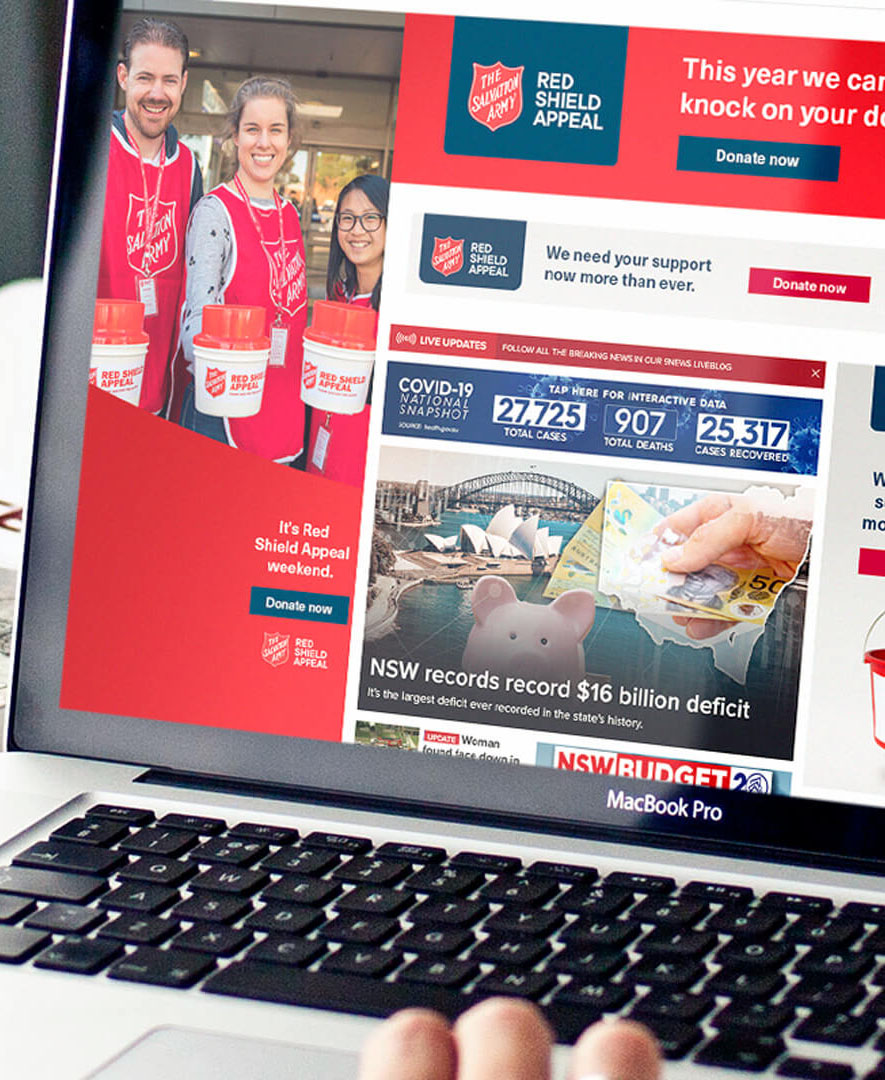
Explain some of the roles in your organisation and describe the relationships you have with these stakeholders.
I report to ntegrity’s Creative Director who is responsible for overseeing my work and ensuring that the conceptual thinking as well as execution is up to standard considering the brief, audiences, media plan, budgets, and not-for-profit best practice.
As an art director, I work in a creative team with a senior copywriter. Together, we are responsible for the conceptual thinking (i.e. the ideation) and then the production of campaigns and products. The copywriter brings a word focus to the ideation process, while the art director brings a visual focus to the ideation process. Both parties must be able to think laterally and conceptually to ideate.
Project Managers set up the timelines and milestones for each project. They work to allocate time and make sure that the project is resourced to budget and so that we can deliver on time.
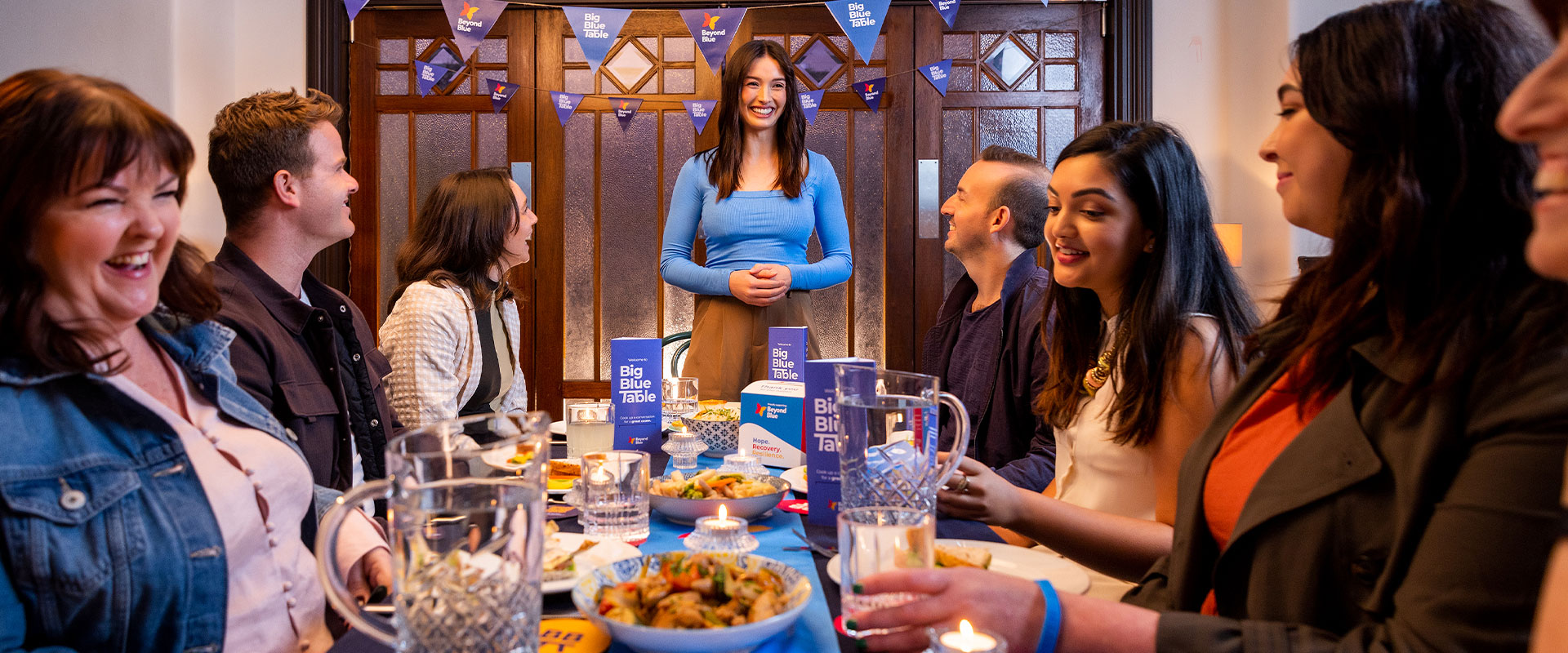
What tools and processes do you use for your design projects?
Creative projects at ntegrity begin in Kantata (online project management software) where the project managers set up the project and manage all briefs, resourcing and allocations. Our briefs are written in Google Documents and stored within a filing system on Google Drive. To discuss these briefs, we connect via Zoom to walk through what is required for the project and from each person within the team. Once we have been briefed and all dependencies are collected from the client (such as any references, data, photography assets banks, fonts, brand guidelines etc.) we often have a workshop either internally or with the client. During these workshops we will develop bespoke exercises to help us better understand the client or the problem to be solved. As a hybrid company, these workshops are most often held on Zoom and participants join what is a called a Mural board where they can add sticky notes to a virtual wall. When the workshops are complete, the Copywriter and Art Director will take away the brief and work together to produce typically 2-3 concepts. This collaboration is done either in person using mind mapping on a physical whiteboard, or online using the same software as the workshops. Once the thinking for each concept feels sound, the copywriter and art director will pull together a presentation within Google Slides. This will incorporate art direction which is typically key art designed within the Adobe Suite (mostly Photoshop). Sometimes, where a particular image will help to convey an idea, we use an AI image generator. Once the client approves concepts, we move through refinement stages and then into production where the idea is taken and adapted for various media such as social ads, out of home, digital display ads, email and landing pages. We use mostly Photoshop for the design, Figma for layouts, and After Effects for video.
Use of Visual Language in the design process
When presenting concepts to clients, the Creative Team use Google slide presentations with a combination of written explanations, diagrams, generative AI imagery, and ad mock ups/indicative design (a sample of how the concept comes to life in placements). When the project shifts into production the work continues to be presented in a Google slide deck where individual ads at shown for internal and client review.
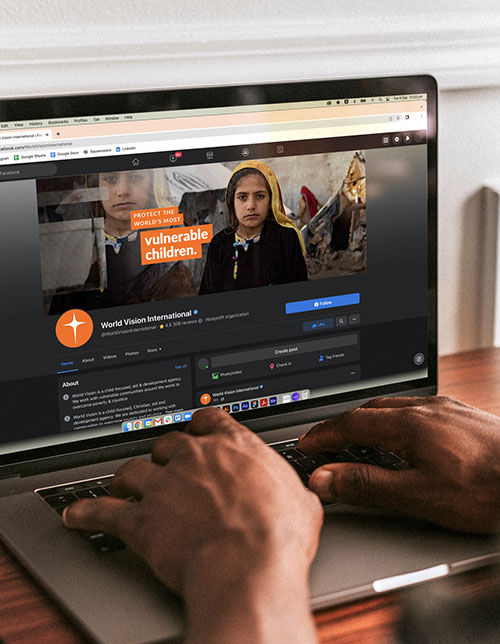
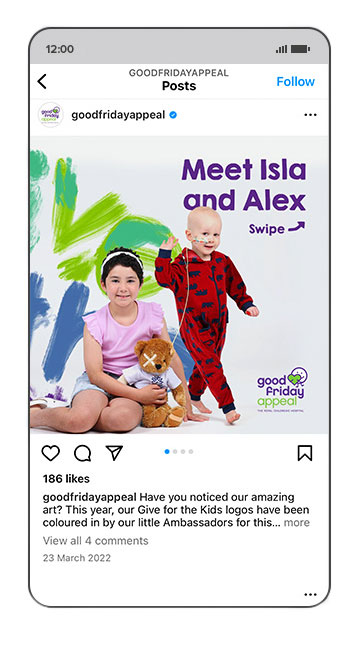
Describe how your company evaluates designs and incorporates client feedback
Evaluations at ntegrity are referred to as reviews. There are a number of internal reviews that occur prior to client review. Typically the Creative Team (copywriter and art director) present the concepts to the Creative Director and the Strategist on the project. Once their review is complete, refinements or tweaks are made ahead of the Account Manager (the person responsible for managing the relationship between ntegrity and the client and respresenting the voice of the client) reviewing the work. This feedback is typically discussed or marked up as comments into the slide deck.
Describe how environmental factors influencing the design process
ntegrity holds sustainability and ethical practices as top priority, and is a certified B Corp company. This certification requires high standards of verified performance, accountability, and transparency on factors from employee benefits and charitable giving to supply chain practices and input materials.
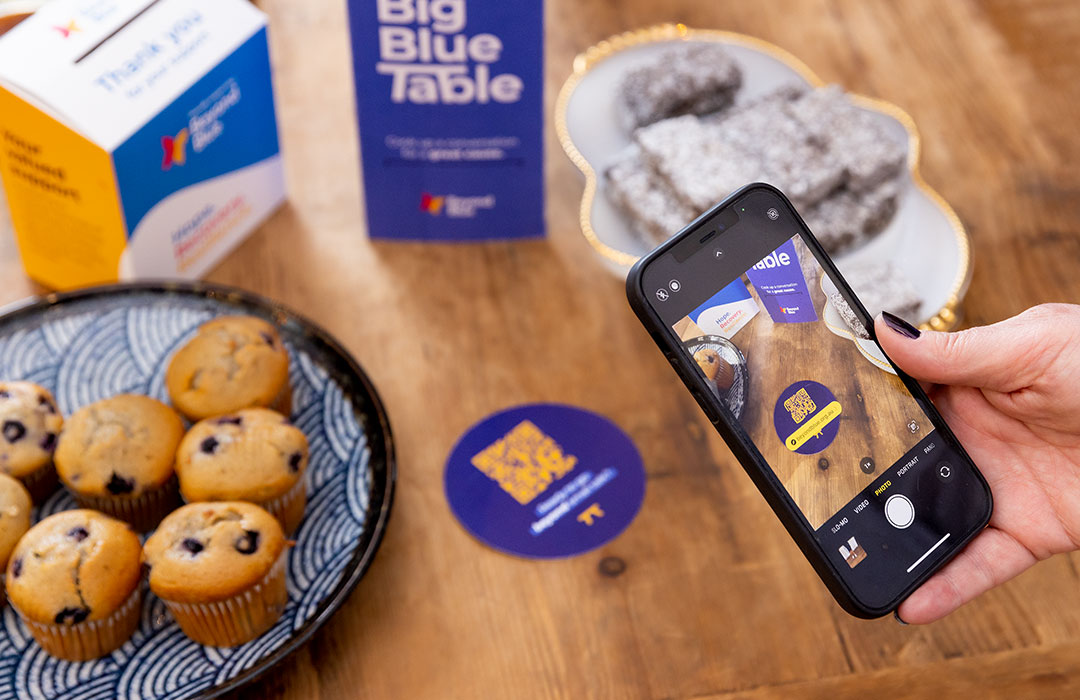
Describe how social factors influence the design process
At ntegrity, a forward-thinking agency, we proudly hold a B Corp certification. This highlights our commitment to making a positive social impact as a profit-driven company. We embrace flexible working arrangements and provide mental health allowances, demonstrating our dedication to employee well-being.
Our design process is deeply influenced by social factors. A unique aspect of our work culture is the 'impact sessions'. These sessions involve collaborations with our not-for-profit clients, who share their knowledge or guide us in interactive experiences to deepen our understanding of various causes. For instance, we might go on a guided tour of a reforested area with Greenfleet, which helps us connect more meaningfully with the projects we undertake.
Moreover, we place a strong emphasis on inclusivity in our designs. Regular accessibility evaluations are conducted to ensure our designs are user-friendly for people with vision impairments. These practices are integral to our design philosophy, ensuring our work is not only creative but also socially responsible and inclusive.
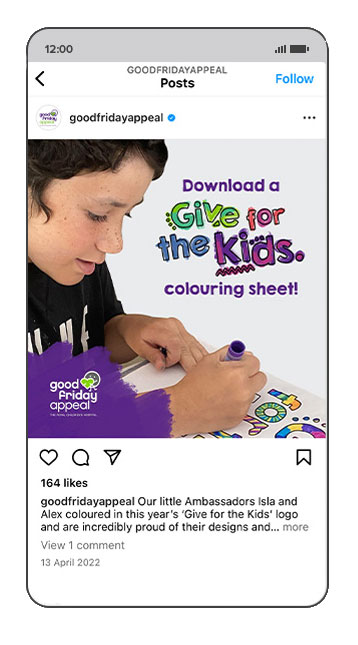
Describe how legal and ethical factors influence the design process
When working in the not-for-profit sector, there are various best practices and sensitivities that one needs to be aware of - these range from social sensitivies, such as gender identity and the economic status of the audience, to cultural sensitivites, which may influence how a design process is undertaken. These practices can vary; some are applicable across the sector, while others are more specific to certain organisations. For instance, how important is it to obtain written consent for imagery that includes people, change names to protect identities, seek input from individuals with lived experience, and ensure representation of diversity in terms of age, ability, nationality, and other aspects?
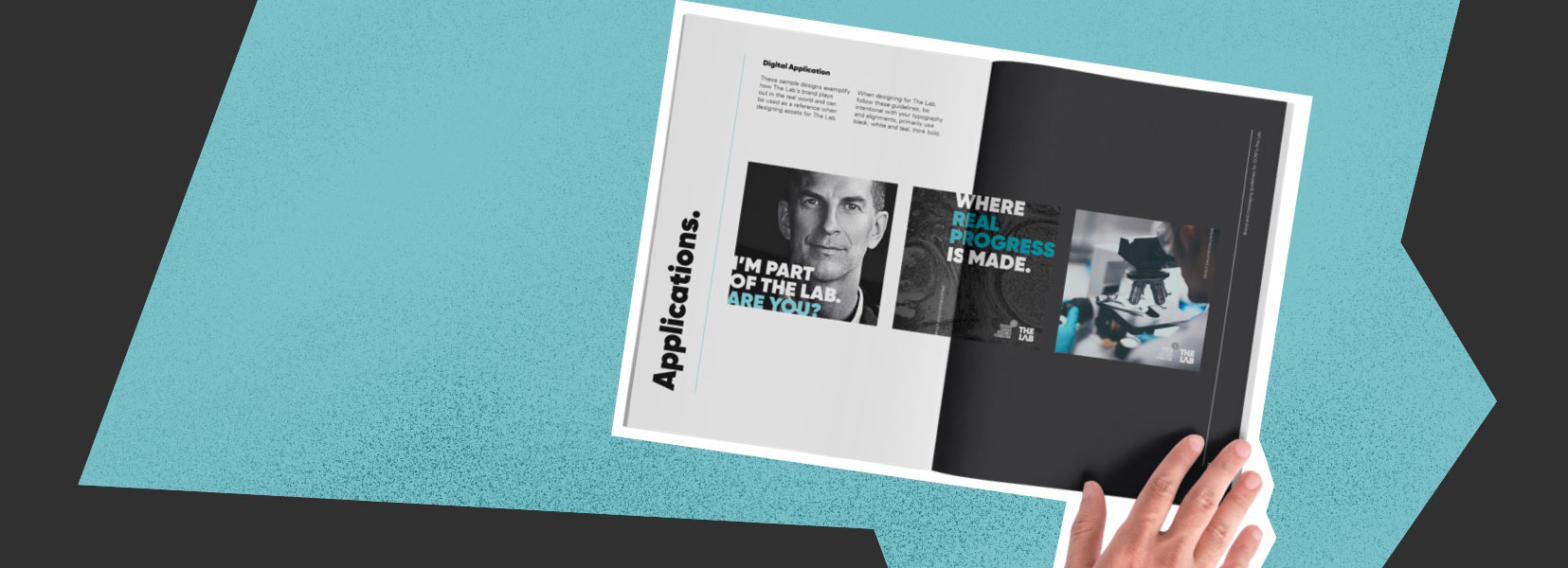
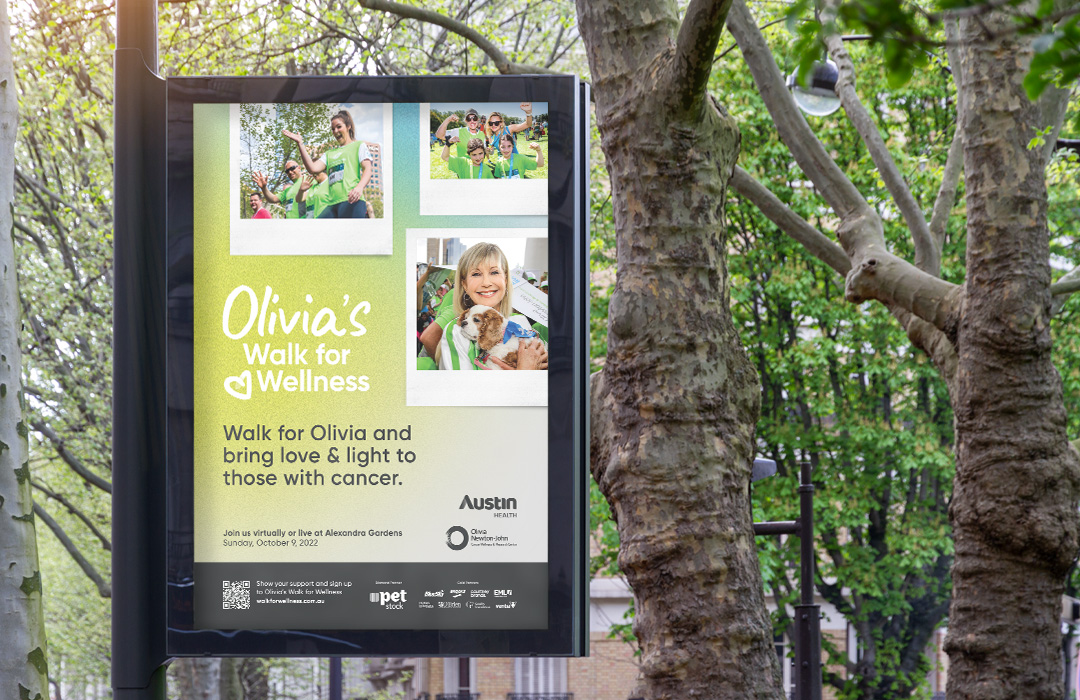
How the industry has changed
The design industry has evolved significantly from a traditional, isolated approach to a collaborative one. In the past, agencies would independently develop concepts after receiving a brief from clients. Now, there's a growing trend towards co-design, where agencies and clients work together in workshops to create concepts. This method allows for real-time feedback and adjustments, ensuring that the final design closely aligns with the client's vision and needs. It's a shift from a one-way process to a dynamic, interactive collaboration, bringing together the expertise of the designers and the insights of the clients.